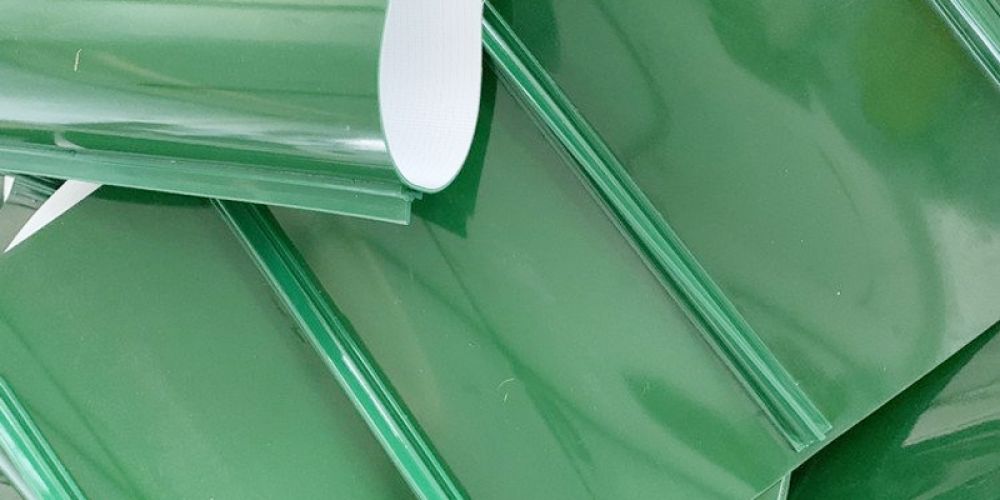
Industrial belts are made of a variety of materials, each with unique characteristics and applicable scenarios. The following are common industrial belt materials and their characteristics:
• Features: Rubber belts have good flexibility and wear resistance, and can adapt to various complex working environments. At the same time, it also has excellent elasticity and high temperature resistance.
• Application: Widely used in conveying equipment in the power, metallurgy, chemical and other industries, such as coal conveyor belts, mining conveyor belts, etc. In addition, conveyor belts for special purposes such as oil resistance, acid and alkali resistance can also be made according to demand.
• Features: Polyurethane belts have the characteristics of high strength and wear resistance, and also have good oil resistance and chemical corrosion resistance.
• Application: Suitable for occasions such as mining, construction and power industries that need to withstand high loads and harsh chemical environments.
• Features: Polyester belts have high strength, excellent wear resistance and tensile strength, and can maintain stable performance in high-speed transmission systems.
• Application: Commonly used in high-speed transmission systems in textile, light industry and food processing industries.
• Features: Nylon belts are lightweight, high-strength, wear-resistant and impact-resistant, and have good corrosion resistance.
• Applications: Widely used in transmission and positioning systems in the electronics, machinery and chemical industries, and can maintain stable performance under harsh working conditions.
• Neoprene: Has excellent weather resistance and oil resistance, suitable for outdoor use and places that need to withstand oil substances.
• Silicone rubber: Outstanding high temperature resistance, suitable for transmission and sealing tasks in high temperature environments.
• Metal mesh belt: Woven from metal wire, it has the characteristics of high temperature and corrosion resistance, and is particularly suitable for sintering furnaces, coke ovens and other equipment in high temperature environments.
In summary, the material selection of industrial belts should be determined according to specific application scenarios and needs. Different materials have different characteristics and advantages. Choosing the right material can significantly improve the performance and stability of the transmission system.